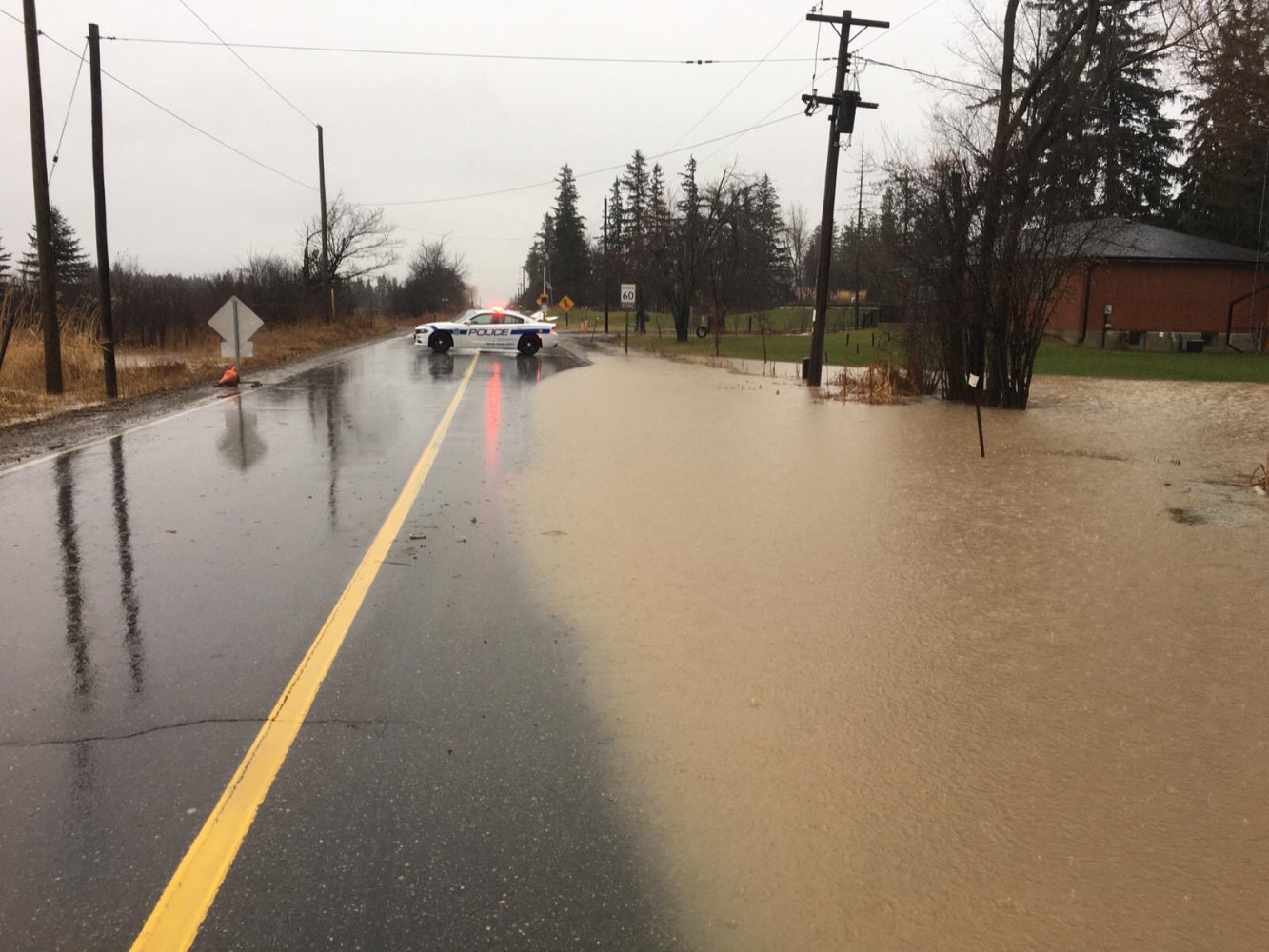
Brampton neglects future generations: budget shows councillors’ lip service on climate change
Canada is warming faster than the rest of the world.
A 2019 report from Environment and Climate Change Canada found many of the consequences of human-caused warming will be most evident during the winter season, resulting in areas in southern Canada receiving more rain in the frigid months than snow – a shift in weather patterns that can wreak havoc on municipal infrastructure.
Brampton is already seeing the side effects of this trend. One memorable incident in January 2020 saw Peel Regional Police shut down multiple roads in and around the Winston Churchill Boulevard area near the western edge of the city because of flooding caused by heavy rain.
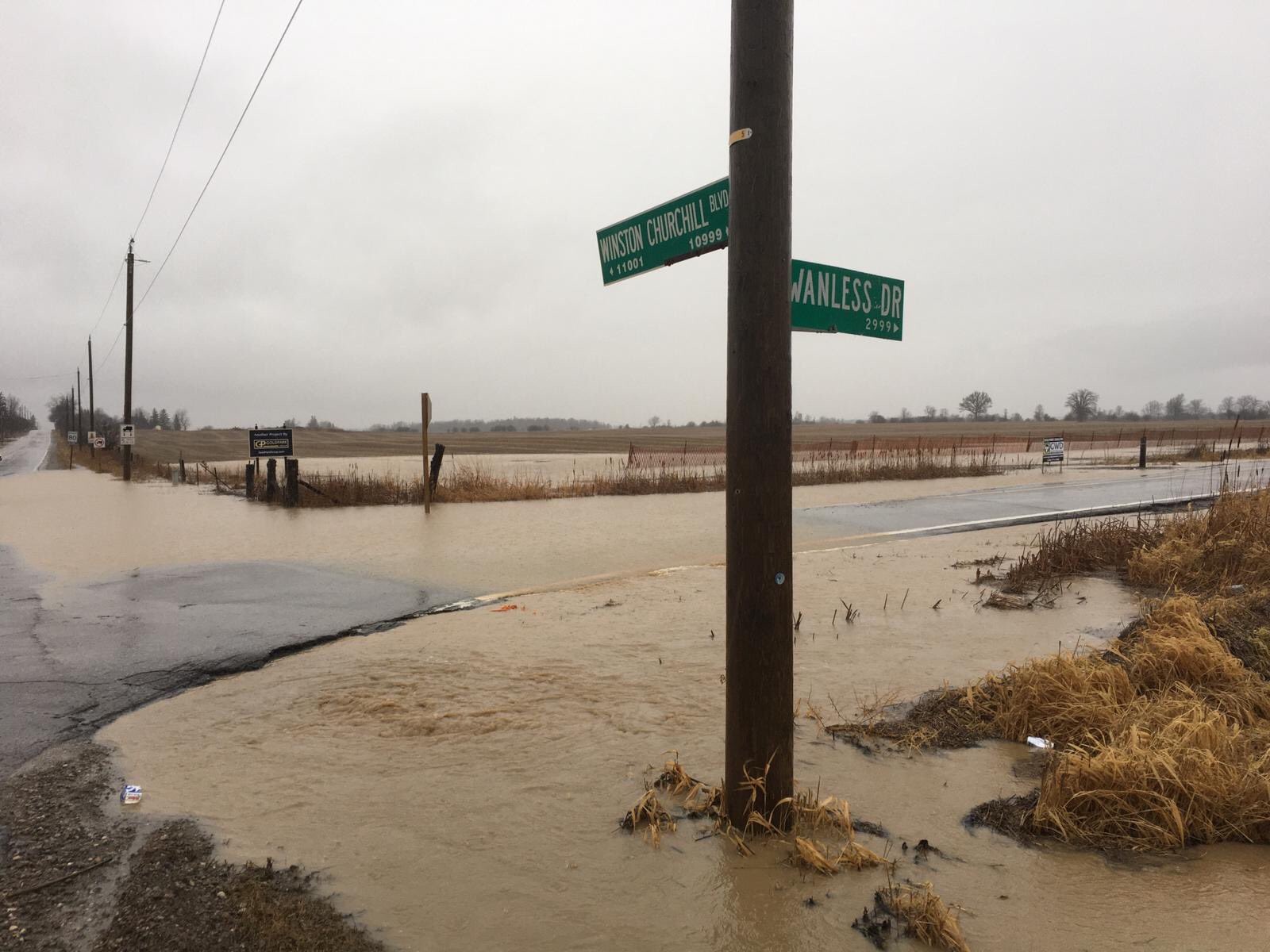
Flooding like that seen in Brampton in January 2020 will become more common as climate change alters winter weather patterns and increases rainfall.
The changing climate and its strain on infrastructure is not news to the City of Brampton. In June 2019, recognizing the increasingly dire future described by climate experts and governments across the globe, Brampton councillors declared a “climate emergency”. It set ambitious targets to slow environmental degradation, including reducing City greenhouse gas emissions 80 percent by 2050. According to the City, previous plans have already seen emissions from City-owned buildings and vehicles reduced by 11 percent between 2010 and 2018. Brampton emissions data for 2019 is not yet available.
Part of the City’s response includes the creation of the Community Energy and Emissions Reduction Plan (CEERP) in partnership with Sheridan College. Released in September, it outlines actions the city needs to take to fight climate change, addressing green infrastructure, transportation and home and building efficiency. Currently City buildings are about half as efficient as global best practices, meaning Brampton has a long way to go.
But for many, verbal commitments are not enough, and the best laid plans not followed by appropriate action is a scenario all too familiar when it comes to climate change. Since the signing of the Paris Accord in 2016, viewed as one of the world’s cornerstone efforts to fight warming, global emissions have only increased, despite commitments to the agreement by signatory countries including Canada.
Those pledges cannot be met if municipalities fail to do their part.
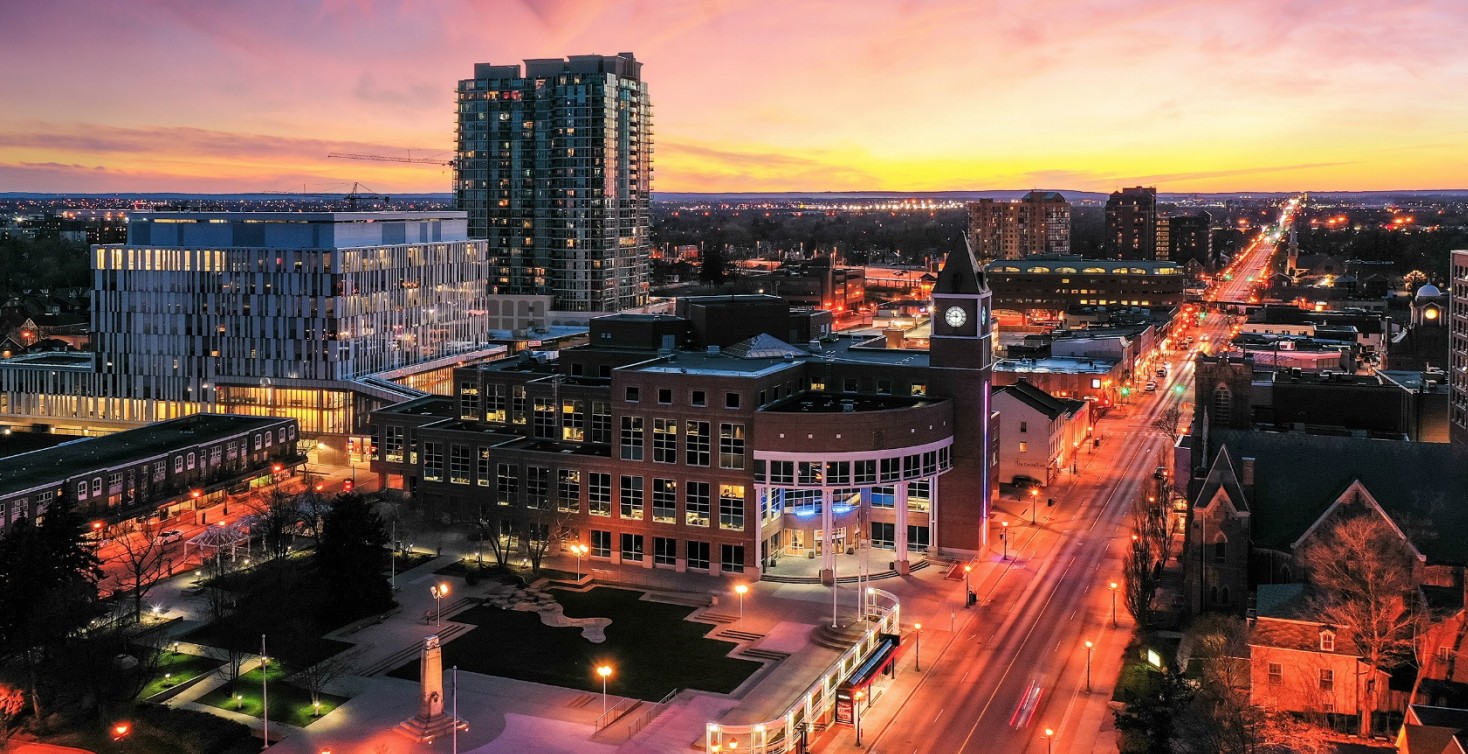
City-owned buildings in Brampton are about half as energy efficient as the target under global best practices. Municipalities are increasingly being recognized as key stakeholders in the global fight against climate change.
In Brampton, plans to fight climate change existed before a climate emergency was declared by Council in 2019, leaving residents and community activists questioning why the City has taken so long to act.
“We request that the council who declared a climate emergency and has endorsed progressive science based plans, policies, and programs to continue to demonstrate the bold leadership that we require now to meet future aggressive targets for climate change mitigation,” Divya Arora, a board member and political advocacy representative for the Community Climate Council, told elected officials during budget deliberations.
Arora, along with her co-presenter Lajanthan Prabaharan, highlighted a glaring deficit in the City’s now approved 2021 budget; a lack of funding to make the city’s climate change hopes a reality.
For a third consecutive year, councillors approved a tax freeze. The decision, pushed by Mayor Patrick Brown, will be popular among those property-owning residents who have struggled financially during the COVID-19 pandemic (many wealthier home owners will enjoy the freeze despite not having suffered at all) but it forces much-needed projects to be pushed to future years. In a climate crisis, everyday the problem isn’t addressed, is one day closer to impacts that are irreversible.
“The scientific case for urgent action on climate change is clearer than ever. We have very little time before the window of opportunity to stay within 2°C closes forever but we still have that opportunity,” said Hoesung Lee, chair of the Intergovernmental Panel on Climate Change in an August statement. The 2°C level of warming is viewed as the threshold at which the world will see life-altering changes for millions of people across the globe as a result of sea level rise, extreme heat and increased air pollution. “The choice is within our hands.”
Brampton is opting to wait years to provide significant funds toward long established plans, prioritizing a few dollars saved over the environment and the future of younger generations.
Active transportation
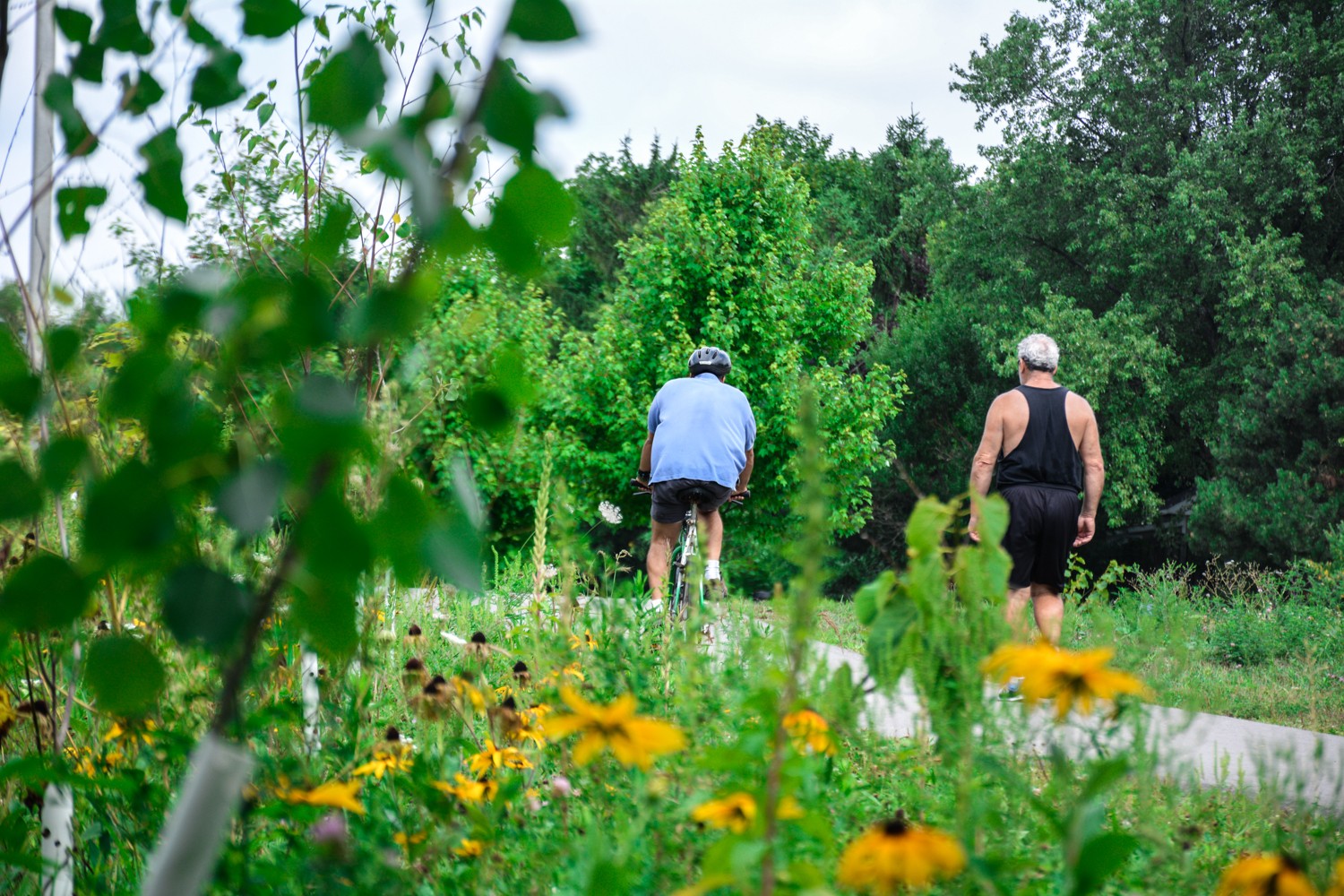
In 2016, Brampton’s CO2 emission per capita rate was 5.6 tons. This was lower than the Canadian average of 9.7 tons and Provincial average of 6.2 tons, but much higher than the 3.5 tons seen in the City of Copenhagen, widely recognized as a benchmark of environmental excellence.
The City’s transportation sector was emitting 59 percent of all emissions, the highest of all categories. This is the result of residents preferring to use their personal vehicles over other forms of transportation. According to the CEERP, 65 percent of the population use their cars to get around, compared to 18 percent using carpools, 8 percent using public transit, and 2.5 percent walking or cycling.
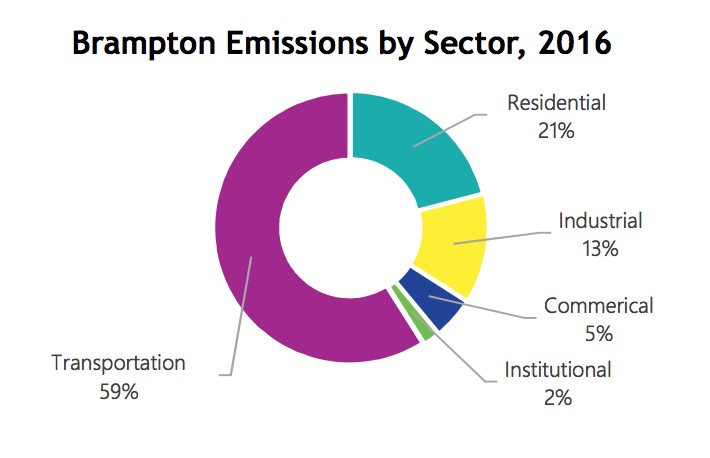
Change, according to Prabaharan, can come if the City focuses more on active transportation. While the City does have an Active Transportation Master Plan (ATMP) aiming to make Brampton friendly toward pedestrians and cyclists, the 2021 budget makes little mention of it, referencing only $3 million toward active transportation projects ($1 million per year) over the next three years.
The ATMP recommended significantly higher levels of investment. For capital funding, the plan called for $1.25 million annually to address missing sidewalks on arterial roadways and fix “challenging corridors”. A further $4 million was recommended on an annual basis for the plan’s “infill” program to boost cycling connectivity in the city, and $1.25 million annually for five years for the “fix-it” program to maintain existing trails and cycling networks. This means the 2021 budget only allocates 15 percent of the funding that was called for. Neither the infill or fix-it programs are mentioned by name in the 2021 budget. The ATMP was approved by the current council in 2019.
“The reality is that if Brampton wants to encourage active transportation, and actually see its citizens leaving their cars at home, in favor of their bicycles in the warmer seasons, then it really needs to do more,” Prabaharan said.
Prabaharan said he would bike more if there were better ways to do so. There are too many unconnected blocks and bike lanes that make completing the activity safely, difficult he says.
Roads in Brampton generally favour cars over pedestrians and cyclists. This comes in part from the types of jobs found in the city, the CEERP states, largely focusing on manufacturing and warehouse employment.
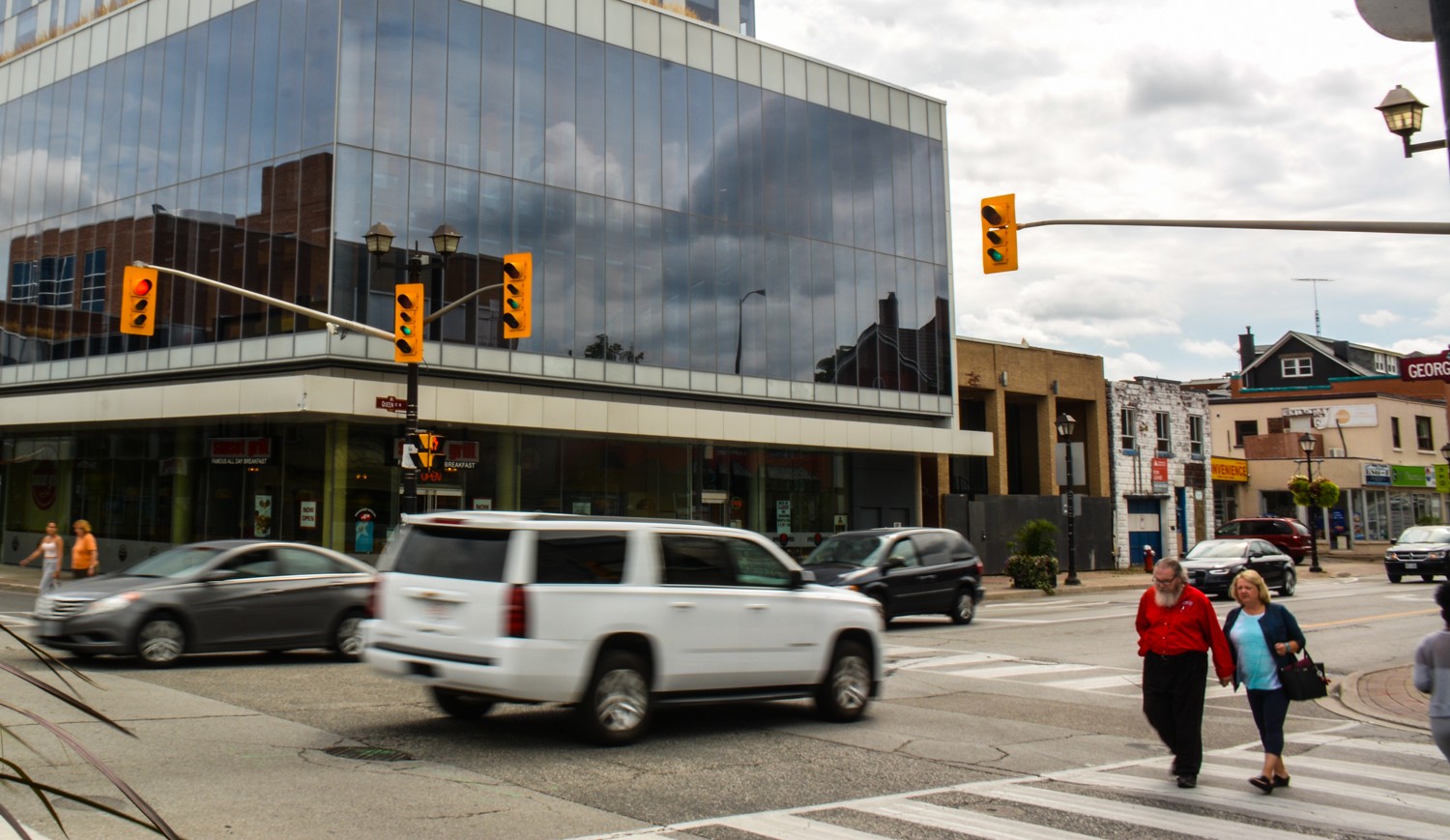
Brampton roadways heavily favour use by cars as opposed to more active forms of transportation like walking or cycling.
The money that is being invested over the next three years will go toward a “connected cycling and pedestrian network across the City,” the budget says. At this time, 12 projects under the ATMP, including a cycling corridor in Wards 1 and 7, are being worked on.
Jayne Holmes, the City’s acting public works and engineering commissioner, said active transportation is part of many projects the city completes, even if it’s not outlined in the budget. According to numbers provided by the City, these additions mean it will spend $5.6 million on active transportation in 2021, but it’s unclear where this money is allocated and what it is for, specifically. These numbers are hard to track in the City’s budget document as they are not identified by name, or referred to as active transportation projects.
A list of projects the City of Brampton states are linked to the Active Transportation Master Plan
Funding the Community Energy and Emissions Reduction Plan
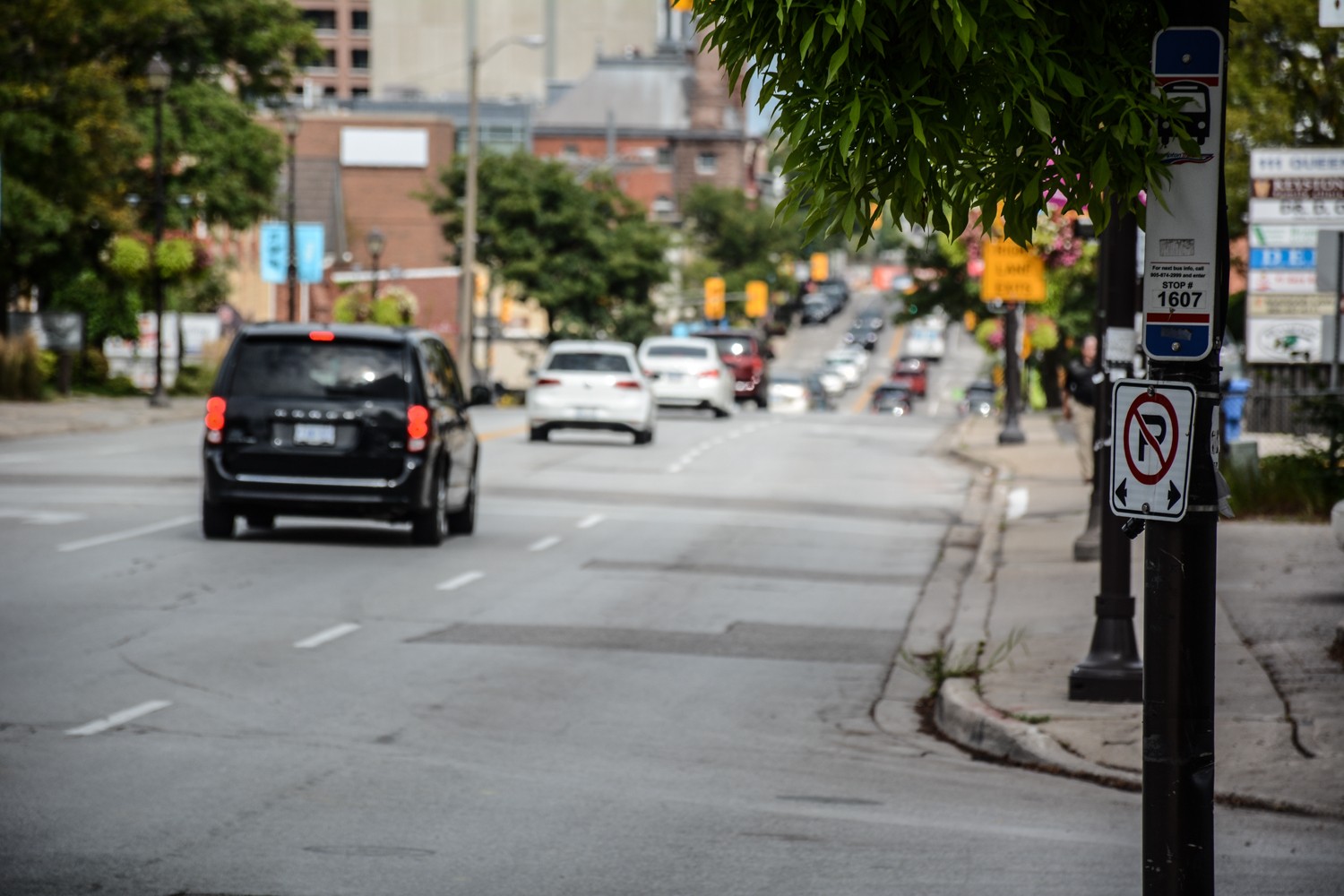
The City’s further lack of investment in climate policy was outlined by the absence of the CEERP from the budget.
Funds are specifically needed to create the Centre for Community Energy Transformation (CCET) to support the City in meeting its climate change goals and report on the progress made by the CEERP. A September staff presentation outlined the need for $1.1 million in funding over the next five years to make this non-profit organization self-sufficient. This includes $300,000 in its first year and $200,000 annually over the next four years.
Arora questioned why there was no funding for the specific project in the 2021 budget, but did not get a specific response. A staff report states it could take up to 18 months for the program to come to life. No funding is outlined in the 2022 or 2023 projections.
The City released a number of other plans and strategies over the years that aimed to achieve similar goals, including the Natural Heritage Restoration Program (NHRP).
Published in 2018, its main goal is to recognize ways Brampton’s ecosystem can be rebuilt. Analyzing a map outlining completed and future projects published as part of the program shows numerous projects, such as the Kiwanis Memorial Park, are slated for future restoration, but have no funding allocated in the 2021 budget or 2022 and 2023 projections.
The overarching plan for this program stemmed from the city’s Natural Heritage and Environmental Management Strategy (NHEMS). One of the goals outlined is to “establish an effective policy and planning framework for the NHEMS.” While the NHRP ticks part of this box by acting as the framework, the lack of work completed raises questions as to how effective it actually is.
Public transit
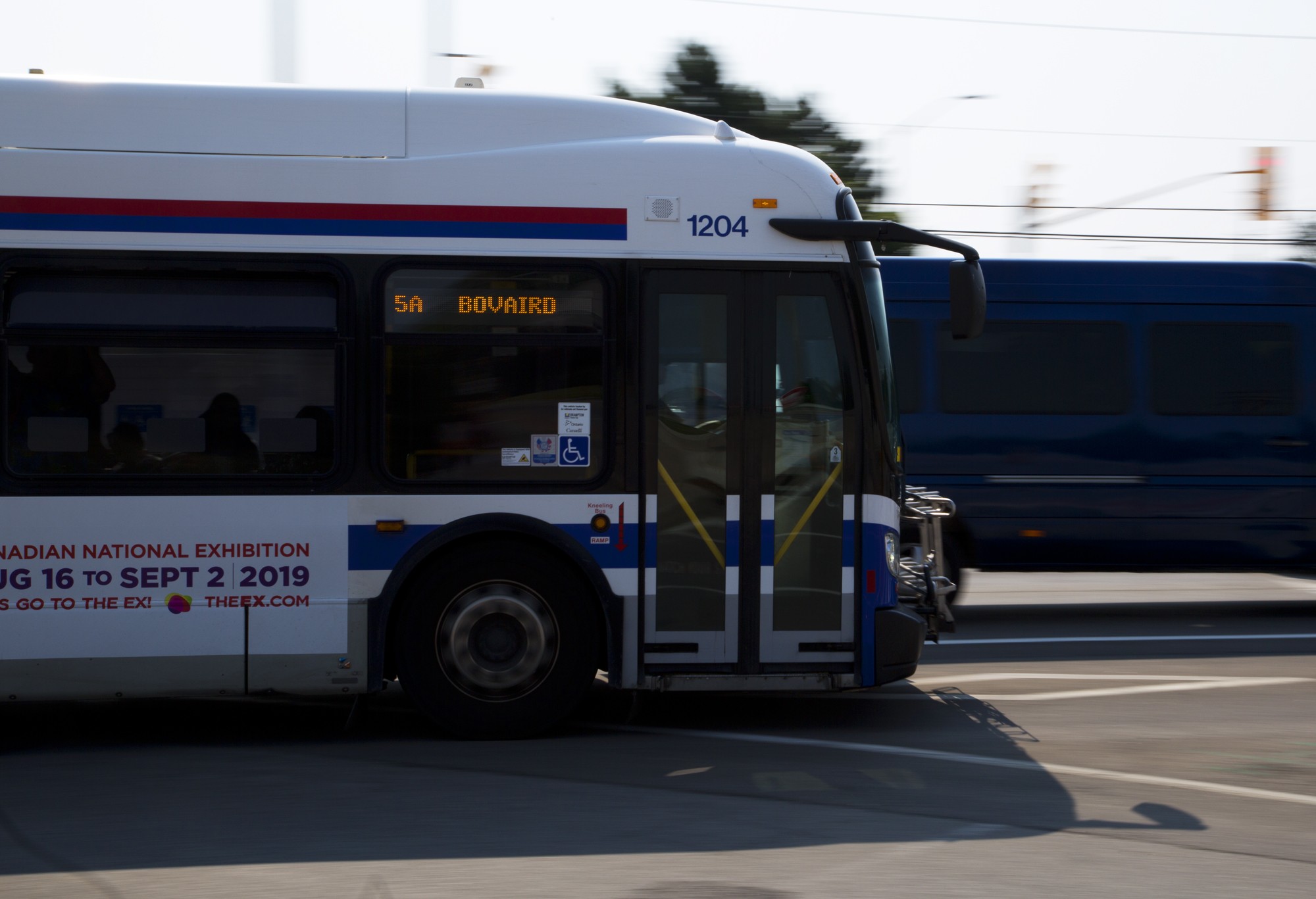
Concerns also exist on the use of public transit, which has seen rapid growth in recent years. Ridership has grown 154 percent since 2009, and all expectations point toward further growth in the future as Brampton’s population continues to increase rapidly.
The City plans on introducing eight replacement buses this year and eight electric buses, as part of a pilot program.
While using public transportation is a step in the right direction, according to the CEERP, Prabaharan questions why the City didn’t introduce electric buses sooner.
“I can't understand what the point of that is. Why not invest more into electric buses, especially if the supposed goal of Brampton transit is to be a zero emissions transit provider,” he said.
“By introducing more gas powered vehicles into our public transit system, we're just moving backwards and further away from our goal.” Mississauga’s head of transit has told the city’s council members that if the bus fleet is not converted to electric or hybrid vehicles as soon as possible, Peel’s largest municipality will fail to meet its own climate targets.
Like many other questions and requests the pair put forward to Brampton officials, no explanation was offered by staff or councillors during the meeting.
Mayor Brown has made claims about funding the electrification of the City’s bus fleet and its infrastructure, including unsubstantiated remarks about federal funding for a major transit storage facility that would support electrification, but federal officials told The Pointer there currently is no funding envelope opening up for what Brown claimed.
Meanwhile, the considerable costs to shift the city’s entire bus transit infrastructure to electric, have been ignored by Brown, who has instead aggressively pushed his tax freezes at the expense of badly needed features in the city.
An increase to the Grow Green Environmental Master Plan (EMP) was one request that got some attention. Before Arora and Prabaharan presented their delegations, City Councillor Doug Whillans brought forward a motion to increase the budget for the plan from $200,000 over the next three years to $500,000.
The EMP, approved in 2014, identifies six components, including energy, that need to be addressed to tackle climate change in the city. At this time, the plan is being updated. According to the City’s website, the new areas of action may include supporting sustainable modes of transportation, such as walking and cycling, as well as implementing methods to use water responsibly.
Based on the City’s last update on the report, which took place in 2018, it only completed 20 out of the 60 planned actions it needed between 2014 and 2015, the first year of the plan. In the second year, only 18 of the 112 assigned actions were completed. Overall, the City was meant to complete 219 tasks between 2014 and 2019, but only managed to cross off 47, or 21 percent.
The 2021 budget, notes the City will “continue development and implementation of initiatives identified in the Brampton Grow Green Environmental Master Plan.”
Few specific examples are provided in the document. When asked by The Pointer how exactly the City will implement the critical recommendations in the master plan throughout 2021, City spokespersons noted implementation of the Grow Green plan, will be done through “approved City sustainability programs”, listing the CEERP, the Eco Park Strategy, the Sustainable Community Design Guidelines, the Sustainable Neighbourhood Action Plans (SNAP), the One Million Trees Program, and Natural Heritage and Environmental Management Strategy. It is a twisting array of overlapping documents that make trying to understand the City’s efforts to fight climate change nearly impossible.
It also makes it easy for the City to point to a number of existing documents that extol efforts to green the city, reduce emissions and improve active transportation, but when looking at the budget document, the nexus through which all of these secondary and tertiary plans receive funding, it’s clear that providing clear, transparent funding for environmental projects is not a priority.
In its response the City also pointed to several specific projects that were being accomplished as part of the Grow Green master plan, four of which are energy or business plans for specific growth areas of Brampton, including Shoppers World, Heritage Heights, and the Downtown, or projects with few specifics, such as “community tree planting events” (with no dates, and something that will be made difficult in 2021 as a result of physical distancing) the “home energy retrofit plan”, establishing the Centre for Community Energy Transformation,“updating the City’s sustainable development metrics”, lighting retrofits, and electric vehicle charging stations (though no specific locations have been determined).
The City has numerous plans that show local decision makers the way forward in the fight against global warming, but has failed to follow through on the many elements that would lead to effective change.
If the 2021 budget is any indicator toward future financing, Brampton councillors can expect to see more frustration from residents concerned about the future being shaped, as elected officials continue to talk of action on climate change, while ignoring the hard decisions to make it happen.
Meanwhile, global warming threatens to wreak more havoc on municipalities that fail to prepare.
Email: [email protected]
Twitter: @nida_zafar
Tel: 416 890-7643
COVID-19 is impacting all Canadians. At a time when vital public information is needed by everyone, The Pointer has taken down our paywall on all stories relating to the pandemic and those of public interest to ensure every resident of Brampton and Mississauga has access to the facts. For those who are able, we encourage you to consider a subscription. This will help us report on important public interest issues the community needs to know about now more than ever. You can register for a 30-day free trial HERE. Thereafter, The Pointer will charge $10 a month and you can cancel any time right on the website. Thank you.
Submit a correction about this story


